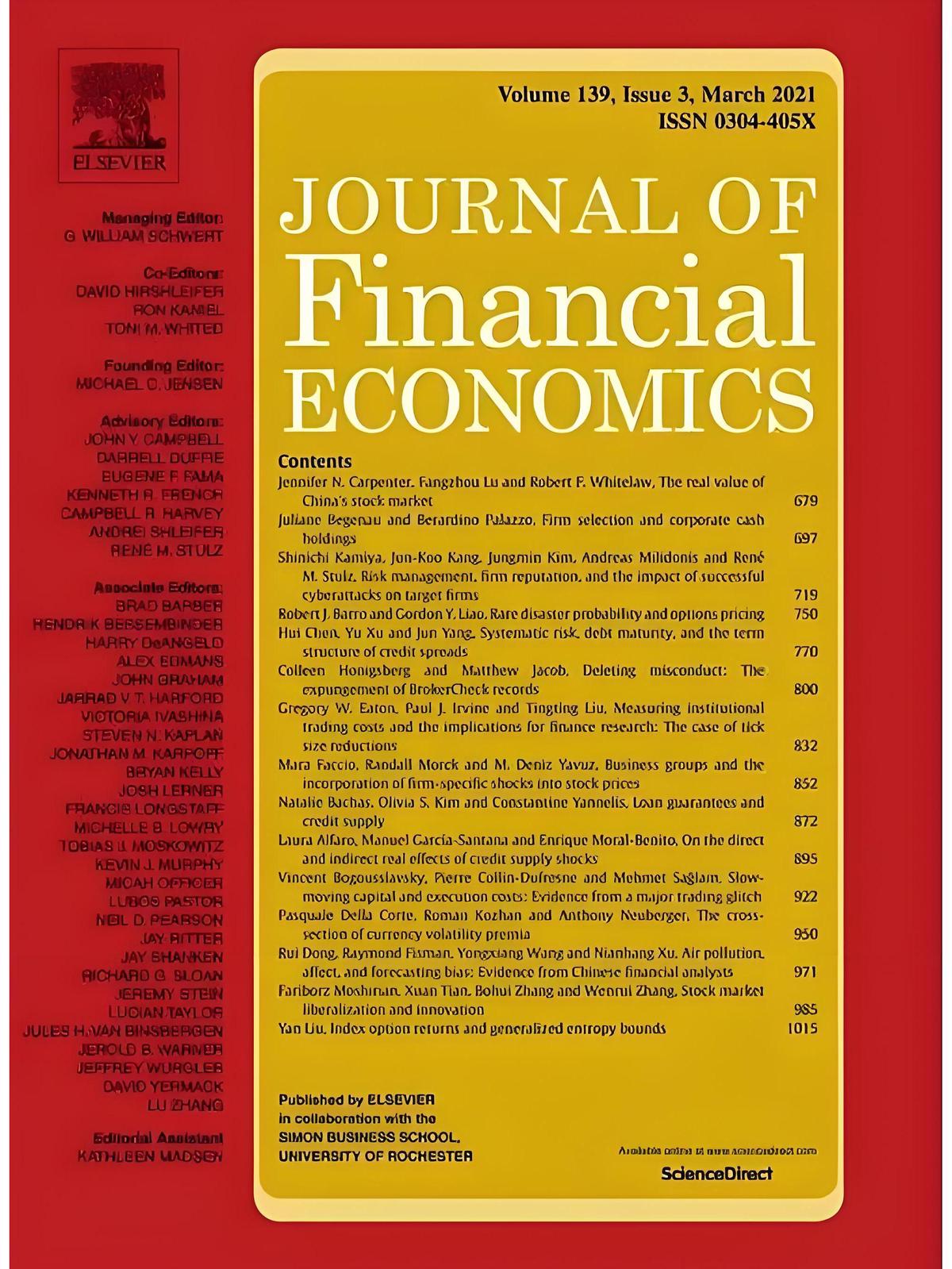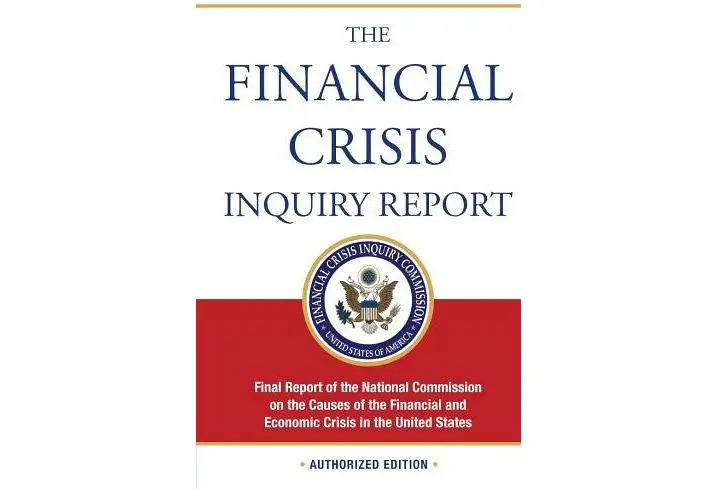Understanding sovereign risk is a critical component of financial analysis, particularly for analysts engaged in global markets, cross-border investments, and sovereign debt instruments. Sovereign risk—the probability that a government may default on its financial obligations or experience political and economic instability—directly affects credit ratings, bond yields, currency valuations, and portfolio performance. This comprehensive guide provides sovereign risk insights for financial analysts, exploring key assessment methods, modern trends, and actionable strategies for mitigating exposure in an era of heightened geopolitical uncertainty.

Understanding Sovereign Risk
Sovereign risk refers to the risk that a nation’s government will fail to meet its debt obligations, impose capital controls, or take actions that negatively impact foreign investors. Unlike corporate credit risk, sovereign risk encompasses economic, political, and institutional dimensions, making it more complex to evaluate.
Key Components of Sovereign Risk
Political Risk
Political instability, regime change, civil unrest, or policy reversals can trigger sovereign defaults or capital flight. For example, unexpected elections or coups often lead to currency volatility and a drop in investor confidence.Economic Risk
High inflation, unsustainable fiscal deficits, declining foreign reserves, and external debt burdens directly increase the probability of sovereign default. Analysts closely monitor GDP growth rates, current account balances, and monetary policies.Currency Risk
Currency depreciation amplifies the cost of servicing foreign-denominated debt, especially when reserves are limited. Analysts must assess exchange rate dynamics and central bank interventions.Legal and Institutional Risk
Weak legal frameworks, lack of investor protections, and opaque governance increase uncertainty, making sovereign risk pricing more challenging.

Methods for Assessing Sovereign Risk
Financial analysts employ a range of quantitative and qualitative techniques to evaluate sovereign risk. Two primary methods—credit rating analysis and quantitative modeling—are widely used.
Credit Rating Analysis
Credit rating agencies such as Moody’s, S&P, and Fitch issue sovereign ratings based on economic fundamentals and political conditions. These ratings offer a quick benchmark but may lag real-time developments.
Advantages:
- Provides standardized risk metrics
- Widely recognized by investors and regulators
Disadvantages:
- Ratings often react after market movements
- May fail to capture sudden political shocks
Quantitative Modeling
Quantitative models leverage market data—such as bond spreads, credit default swap (CDS) pricing, and macroeconomic indicators—to estimate default probabilities.
Advantages:
- Incorporates real-time market signals
- Allows for scenario analysis and stress testing
Disadvantages:
- Requires robust datasets and technical expertise
- Sensitive to assumptions and model risk

Example of Sovereign Risk Indicators
Strategies for Managing Sovereign Risk
Effective risk management requires combining analytical insights with proactive strategies. Below are two distinct approaches.
1. Diversification Across Geographies
By investing in multiple countries with uncorrelated risk profiles, analysts can reduce portfolio exposure to a single sovereign event. Emerging markets often offer high yields but require balancing with stable developed-market assets.
Pros:
- Reduces concentration risk
- Allows participation in high-growth economies
Cons:
- Higher transaction and monitoring costs
- Potential contagion effects during global crises
2. Hedging with Derivatives
Credit default swaps (CDS), currency forwards, and interest rate swaps provide tools to hedge against sovereign risk. For example, purchasing CDS protection on sovereign bonds can offset default losses.
Pros:
- Direct risk transfer mechanism
- Flexible and customizable strategies
Cons:
- Requires active management and liquidity
- Counterparty risk and derivative pricing complexities
Real-World Applications
Financial analysts frequently integrate sovereign risk analysis into trading and investment strategies:
- Bond Portfolio Management: Assessing credit spreads to optimize yield while maintaining acceptable risk levels.
- Currency Trading: Using sovereign risk signals to forecast exchange rate movements.
- Equity Analysis: Evaluating country-specific political risk when valuing multinational corporations.
For those interested in deeper technical methods, our guide on How to manage sovereign risk in perpetual futures demonstrates practical applications in derivatives markets, while Frameworks for sovereign risk management in trading explores institutional approaches to implementing robust monitoring systems.
Emerging Trends in Sovereign Risk
The global economic landscape is evolving, introducing new drivers of sovereign risk.
Climate Change and ESG Factors
Environmental risks, such as rising sea levels or extreme weather events, increasingly influence sovereign creditworthiness. Countries with strong environmental policies may enjoy lower borrowing costs.
Geopolitical Tensions
Trade wars, sanctions, and conflicts—such as those affecting Eastern Europe and the Middle East—create unpredictable sovereign risk shocks.
Digital Currencies
The rise of central bank digital currencies (CBDCs) may reshape monetary sovereignty, potentially reducing reliance on foreign debt but introducing cybersecurity concerns.

Sovereign Risk Drivers Over Time
Best Practices for Financial Analysts
- Combine Multiple Indicators: Rely on both market-based metrics (CDS spreads, bond yields) and fundamental analysis (debt-to-GDP ratios).
- Scenario Planning: Develop best-, base-, and worst-case scenarios to prepare for unexpected policy shifts.
- Continuous Monitoring: Implement automated tools to track political developments, economic releases, and market sentiment in real time.
- Collaborative Insights: Engage with political analysts, economists, and local experts to gain nuanced understanding.
FAQ: Sovereign Risk for Financial Analysts
1. How can analysts identify early warning signals of sovereign risk?
Look for rising CDS spreads, deteriorating fiscal balances, declining foreign reserves, and sudden policy announcements. Monitoring rating agency outlooks and IMF reports also provides valuable guidance.
2. What are the most reliable data sources for sovereign risk analysis?
Trusted sources include the International Monetary Fund (IMF), World Bank, Bank for International Settlements (BIS), and national central banks. Market-based indicators from Bloomberg or Refinitiv provide real-time updates.
3. How does sovereign risk impact corporate investments?
Corporate earnings, funding costs, and market access can all be affected. Multinational firms exposed to high-risk countries face currency devaluation, taxation changes, and repatriation restrictions.

Final Thoughts
Sovereign risk analysis is indispensable for financial analysts navigating today’s interconnected markets. By leveraging both quantitative models and credit rating insights, and by implementing strategies such as diversification and hedging, professionals can anticipate and manage sovereign risk effectively. As geopolitical uncertainty grows, incorporating climate change, ESG considerations, and digital currency developments into sovereign risk frameworks will become increasingly vital.
Engage & Share:
Have you encountered unexpected sovereign risk events in your investment analysis? Share your experience or strategies in the comments below, and don’t forget to share this article with your network to help other financial analysts strengthen their sovereign risk frameworks.